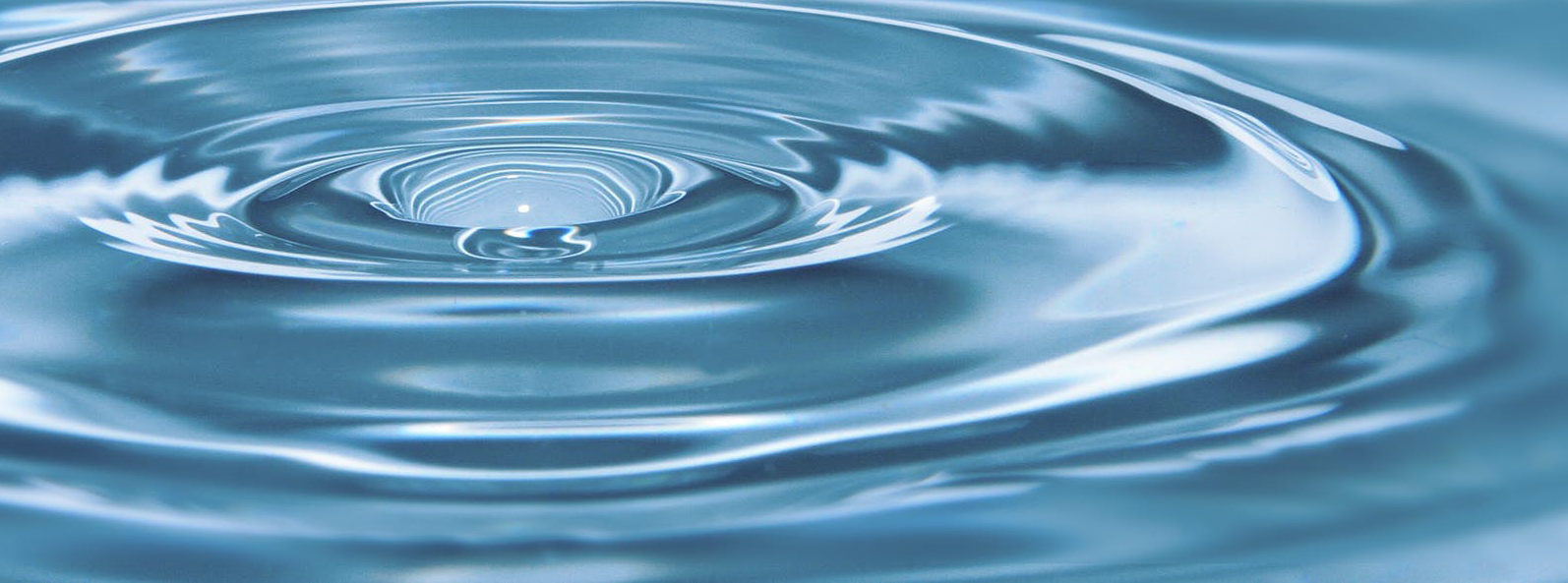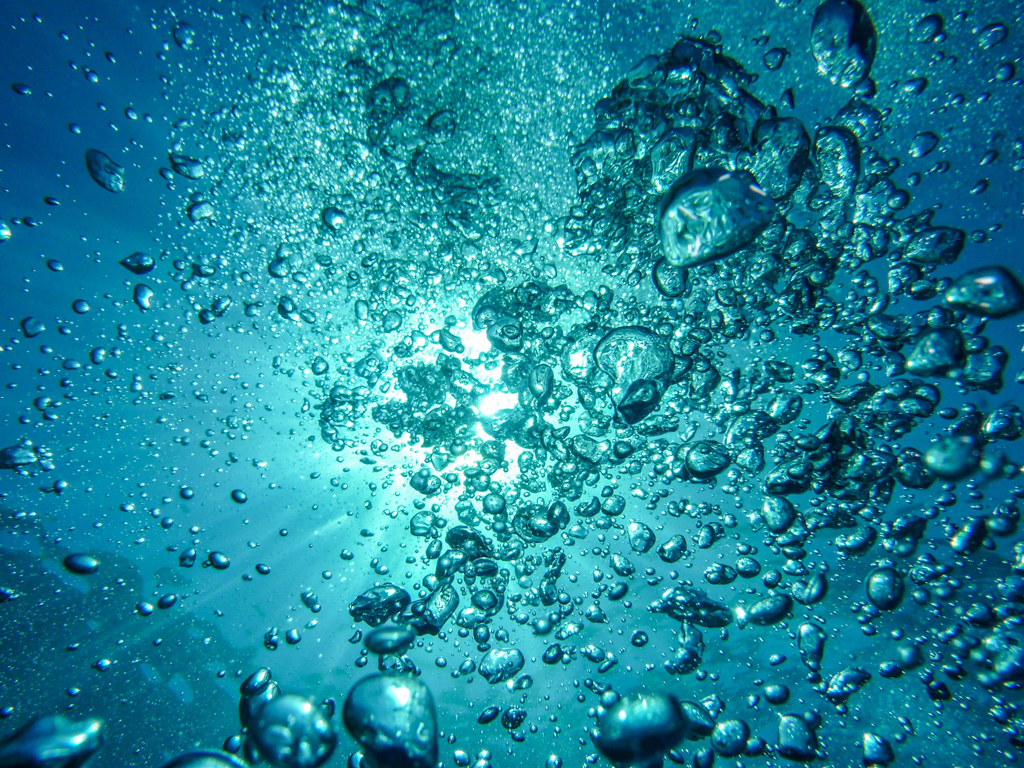
Microplastics: Tiny Particles, Big Problems

The importance of water is undeniable and well established. However, many of human’s acts are affecting its quality over the years. Plastic is one of the most pressing issues responsible for water pollution. In our current society, plastic is an essential material used in multiple important daily applications, health system and constructions. Nevertheless, plastic persistence in the environment is quite problematic.
Plastic derived materials can last for over 500 years in the environment. Since its invention, in 1907, it is estimated that every particle of plastic ever produced is, somehow, out there, especially being disposed in natural freshwater reservoirs. Even though plastics are hardly biodegradable, i.e. not normally decomposed by living organisms, it is susceptible to fragmentation by biological, chemical and physical degradation.
Plastic particles with all dimensions smaller than 5 mm are called microplastics. Such forms have been found in various environments, such as sediments, fresh and seawater, glassier, as well as inside the guts of wild animals of different sizes, from tiny zooplanktons to wales, and even on human organs. Till this day, very little is known about the real impact of microplastics on the water system, and the majority of the scientific studies are focused on the seawater environment.
The poor water quality of freshwater bodies is an increasing concern and far from a definitive solution. Microplastic is not the sole pollutant possible to found in freshwater reservoirs. Freshwater systems are often contaminated with untreated waste water, which is the main source of microplastic, and other contaminants such as pharmaceuticals, that have various negative impact to the wildlife. Another problematic of the disposal of untreated waste water in the water environment is the enhance of nutrients concentration that can lead to an over growth of a toxin producer organism, the cyanobacteria. Several incidents have been reported due cyanobacterial toxin in the water. Cyanotoxins are responsible for the death of hundreds of animals every year, and even humans have been affected. In 1996, in Brazil, 52 patients have died due the presence of a cyanotoxin in the water used in their haemodialysis treatment.
It is no news that these pollutants are capable of harm the biota of the water system. However, there is a lot left to understand about the interaction of pollutants that co-exist in the same environment, and how this interaction can affect their behaviour towards living organisms. This highlights the challenge of a deep understanding of all factors that can impact the water quality of freshwater reservoirs that will guide policy makers. That knowledge can also help us to comprehend that our routine actions have major and direct consequences on the water, hence on our health.
Diana Souza Moura, Robert Gordon University
